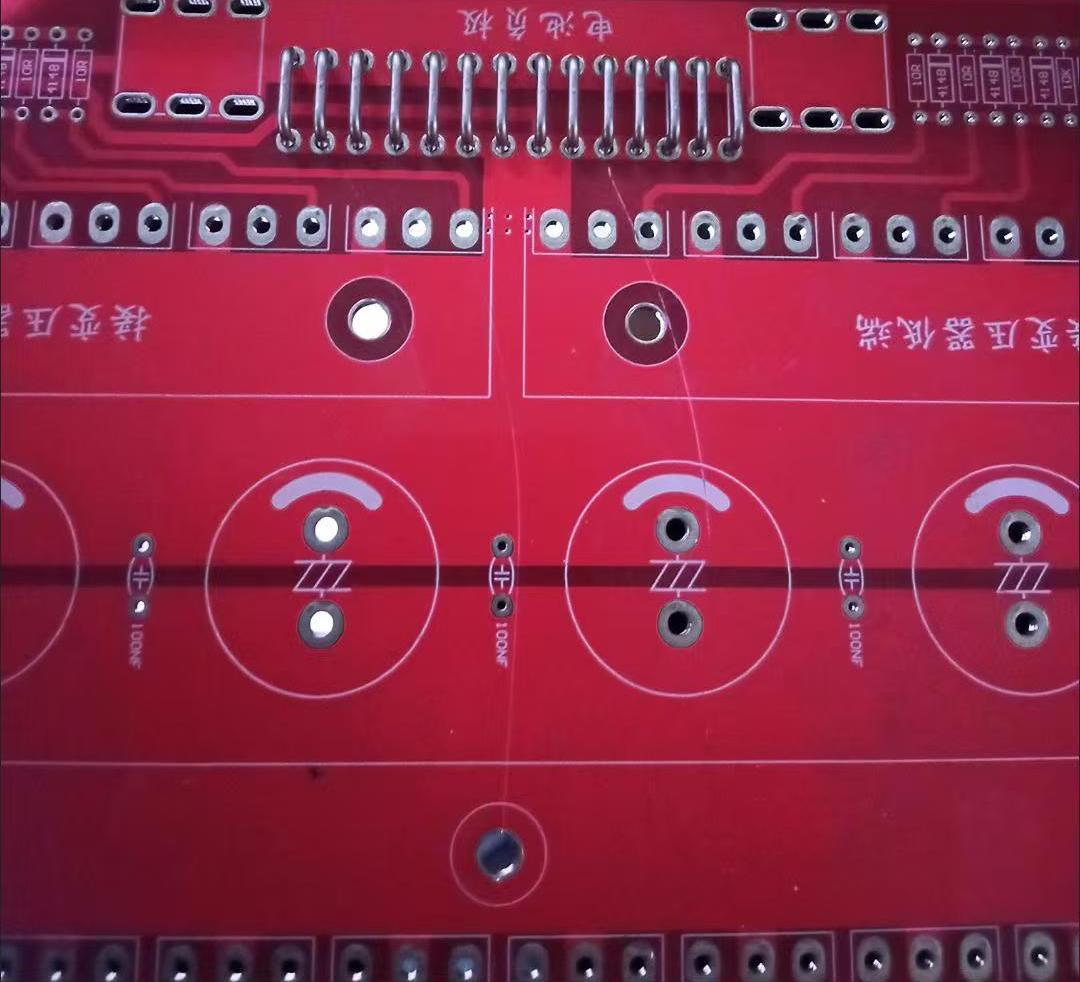-
How do you test the functionality of an open air alloy resistor after installation? Testing the functionality of an Open Air Alloy resistor after installation is crucial for ensuring reliable performance in applications such as PCBA and industrial equipment. This guide outlines the steps to effectively test these resistors. 1. Safety Precautions Turn Off Power: Before testing, ensure that the power supply to the circuit is turned off to avoid electrical hazards. Disconnect the Resistor: If possible, disconnect one lead of the resistor to isolate it from the circuit for accurate measurements. 2. Equipment Needed Gather the following testing equipment: Digital Multimeter: Set to measure resistance (Ω). Ohmmeter: Alternatively, use an ohmmeter for measuring resistance directly. 3. Setting Up the Multimeter Configure Multimeter: Set it to resistance me...
-
To properly wire a Dynamic Braking Resistor (DBR) to a Variable Frequency Drive (VFD) and avoid damage, follow these essential guidelines: 1. Correct Wiring ConnectionsPolarity: Ensure that the connections between the DBR and the VFD are made with the correct polarity. Reversing connections can lead to damage to both the DBR and the VFD .DBR Connection: Connect one terminal of the DBR to the positive DC bus terminal (P(+)) of the VFD and the other terminal to the braking resistor terminal (DB) on the VFD. This setup allows the braking transistor within the VFD to activate the DBR when necessary . 2.Set Appropriate Voltage ThresholdsVoltage Settings: Configure the VFD’s voltage threshold for enabling the DBR. This threshold should be set above normal fluctuations in line voltage to prevent unnecessary activa...
-
What Applications Benefit Most from Using a Three-Pin Shunt Resistor Three-pin shunt resistors, commonly used in Battery Management Systems (BMS), industrial equipment, and new energy applications, are critical components for precise current sensing and measurement. Designed to provide stable and accurate readings, they play a key role in monitoring and protecting electronic devices. In this article, we’ll explore the applications that benefit most from using a three-pin shunt resistor and discuss why they are the preferred choice in industries like PCBA, renewable energy, and more. Understanding the Role of Three-Pin Shunt Resistors A three-pin shunt resistor, also known as a current sense resistor, is primarily designed for high-precision current measurement. Unlike conventional resistors, three-pin shunt resistors offer enhanced stabil...
-
How does the low temperature coefficient of resistance (TCR) affect the performance of the shunt resistor The low temperature coefficient of resistance (TCR) is a critical parameter for shunt resistors used in Battery Management Systems (BMS). A low TCR indicates that the resistance value changes minimally with temperature fluctuations, which is essential for maintaining measurement accuracy in various applications. 1. Enhanced Measurement Stability Shunt resistors with a low TCR provide enhanced measurement stability by ensuring that their resistance remains consistent across a range of operating temperatures. This stability is vital for accurate current measurements, particularly in BMS applications where precise monitoring is crucial. 2. Reduced Thermal Drift Low TCR values lead to reduced thermal drift, which is the change in resistance due to self...








